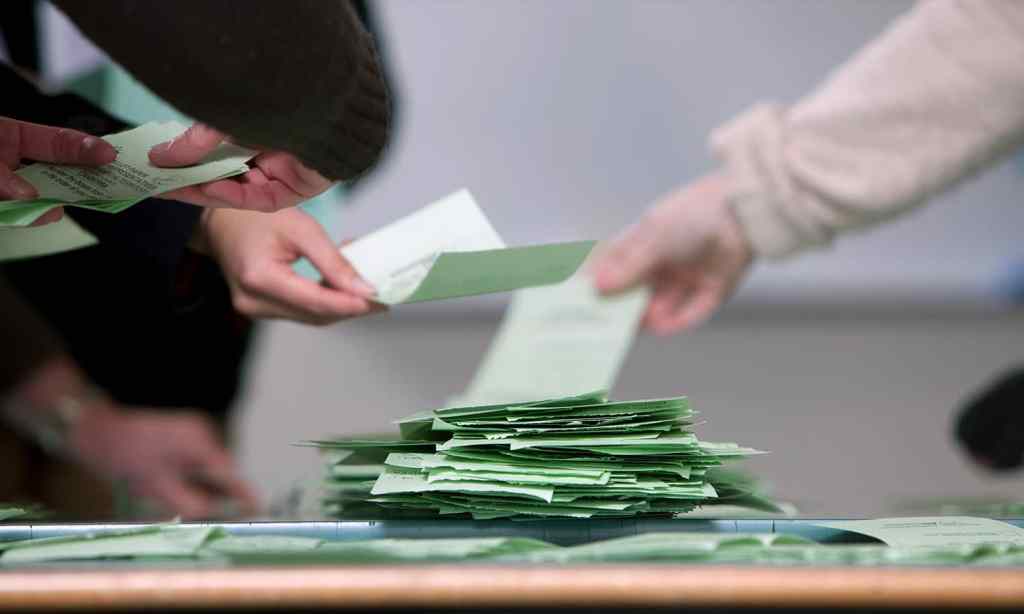Patience is a virtue, but impatience gets stuff done. With the election coming up on May 21, there are big things afoot in Australia that will define what the next three years look like.
While there’s still a bit to go until the big day, the question on everyone’s lips is ‘who is going to win the election?‘
The people in charge of bringing us that answer, the Australian Electoral Commission, will be working hard on May 21 to bring us the results as soon as possible. Therefore, we shouldn’t have too long to wait before we know whether it’s going to be three more years of the same or something a little bit different.
However, voting is not as straightforward as you might think. While the vast majority of Australians will be voting in person at polling stations on the day, many will also be voting in other ways.
We’ve covered all the alternative ways to vote if you can’t make it to a polling station on the day elsewhere, but suffice to say that there’s more than one way to cook an egg — and not all of them result in a quick omelette.
The AEC has also warned that this year there will likely be more disruptions to voting and the vote count process than usual, and this could delay the overall result.
So far, 1.54 million postal vote applications have been received by the AEC, already outweighing the 1.5 million received in 2019 in total. With applications for postal votes closing three days before the election, it looks like there’s going to be a tonne more than what we would normally see.
When Will We Get The Results of the Election?
Polls on election day open at 8am and close at 6pm. Ballot boxes for the House of Representatives are then immediately opened — in full view of witnesses — and counted in polling stations manually by AEC staff.
All the ‘1’ votes are counted first for each candidate in an electorate, and if any candidate get’s more that 50% of the primary vote, they are immediately declared the winner and elected as the candidate for that electorate.
However, most seats will not have an outright majority in the primary vote. This is where preferencing comes in and the process gets a little more complicated as votes are redistributed based on ‘2’ preferences. If there’s no winner after second preferences, it goes to third, and so on until a winner is declared.
All of this happens on election night, with polling staff entering their tallies on the AEC online portal sometime between 8:30pm and midnight. However, counting all the ballots, including overseas, interstate, and postal votes, can take up to 10 whole days, which is why there is sometimes a long delay between the election and the results. Postal votes, in particular, delay the process, as they can be received by the AEC up to 13 days after the election.
Seats for the House of Representatives are normally counted on the night, with Senate seats counted after, usually on the following days. Because this is a state-wide vote, the calculating process is much more complex than for the House of Representatives. Although it normally takes a few days to get the official result, we could be waiting up to a maximum of five weeks until we know the answer.
Officially, it’s very likely that the election results won’t be called on the eve of the election. It’s likely to take a few days to figure it all out, but it could even take weeks to officially call the result.
However, electoral analysts and parties often use exit polling — people who stand outside of polling stations and ask who you voted for — to get something of an indication as to how the vote is going. Because of this, we will have a relatively good idea of who might have won in each seat on the night, but the official result will take a little while.
So, if you’re itching for answers, you’ll have to keep your eyes peeled and check the TV often to find out exactly how it’s going. Bear in mind that nothing is decided until it’s officially called by the AEC.
Read more stories from The Latch and subscribe to our email newsletter.







